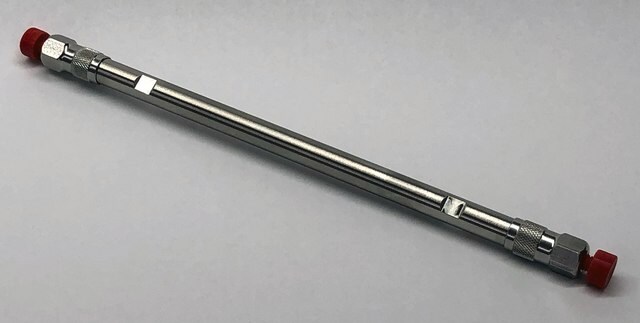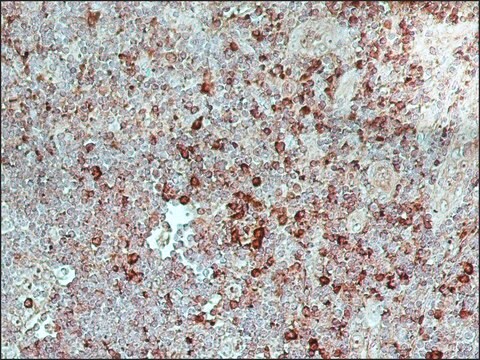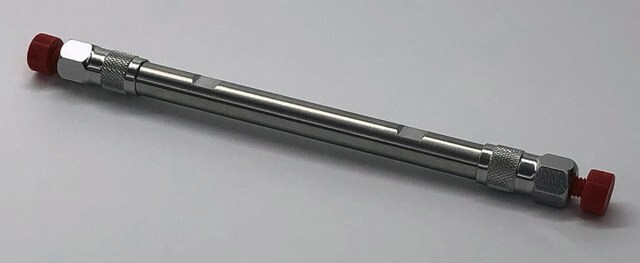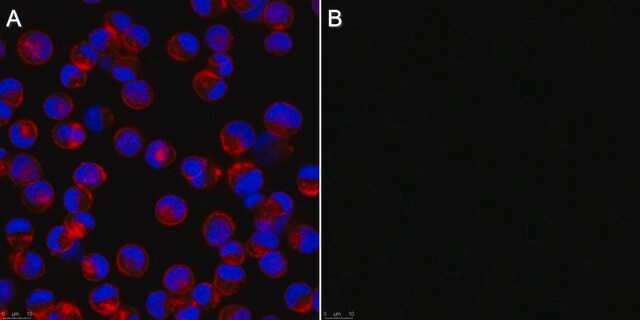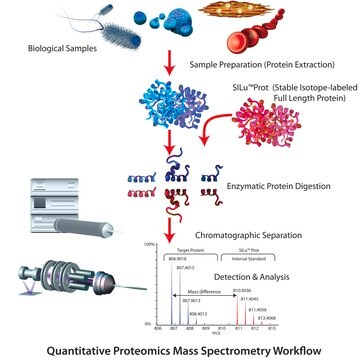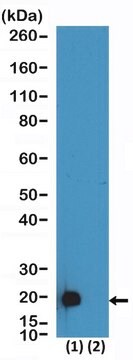AP184F
Donkey Anti-Sheep IgG Antibody, FITC conjugate, Species Adsorbed
Chemicon®, from donkey
Sign Into View Organizational & Contract Pricing
All Photos(1)
About This Item
UNSPSC Code:
12352203
eCl@ss:
32160702
NACRES:
NA.46
Recommended Products
biological source
donkey
Quality Level
conjugate
FITC conjugate
antibody form
F(ab′)2 fragment of affinity isolated antibody
antibody product type
secondary antibodies
clone
polyclonal
species reactivity
sheep
manufacturer/tradename
Chemicon®
technique(s)
immunofluorescence: suitable
shipped in
wet ice
target post-translational modification
unmodified
Application
Research Category
Secondary & Control Antibodies
Secondary & Control Antibodies
Research Sub Category
Secondary Antibodies Adsorbed for Dual Labeling
Secondary Antibodies Adsorbed for Dual Labeling
This Donkey anti-Sheep IgG Antibody, FITC conjugate, Species Adsorbed is validated for use in IF for the detection of Donkey Sheep IgG.
Legal Information
CHEMICON is a registered trademark of Merck KGaA, Darmstadt, Germany
Disclaimer
Unless otherwise stated in our catalog or other company documentation accompanying the product(s), our products are intended for research use only and are not to be used for any other purpose, which includes but is not limited to, unauthorized commercial uses, in vitro diagnostic uses, ex vivo or in vivo therapeutic uses or any type of consumption or application to humans or animals.
Not finding the right product?
Try our Product Selector Tool.
Hazard Statements
Precautionary Statements
Hazard Classifications
Aquatic Chronic 3
Storage Class Code
11 - Combustible Solids
WGK
WGK 3
Certificates of Analysis (COA)
Search for Certificates of Analysis (COA) by entering the products Lot/Batch Number. Lot and Batch Numbers can be found on a product’s label following the words ‘Lot’ or ‘Batch’.
Already Own This Product?
Find documentation for the products that you have recently purchased in the Document Library.
Spinal changes of a newly isolated neuropeptide endomorphin-2 concomitant with vincristine-induced allodynia.
Yang, Y; Zhang, YG; Lin, GA; Xie, HQ; Pan, HT; Huang, BQ; Liu, JD; Liu, H; Zhang, N; Li, L; Chen, JH
Testing null
M Helwig et al.
Journal of neuroendocrinology, 18(6), 413-425 (2006-05-11)
A remarkable feature of the seasonal adaptation displayed by the Siberian hamster (Phodopus sungorus) is the ability to decrease food intake and body weight (by up to 40%) in response to shortening photoperiod. The regulating neuroendocrine systems involved in this
Photoperiodic regulation of satiety mediating neuropeptides in the brainstem of the seasonal Siberian hamster (Phodopus sungorus).
Michael Helwig,Zoe A Archer,Gerhard Heldmaier,Alexander Tups,Julian G Mercer,Martin Klingenspor
Journal of comparative physiology. A, Neuroethology, sensory, neural, and behavioral physiology null
Sung Won Choi et al.
Journal of the American Society of Nephrology : JASN, 16(10), 3006-3014 (2005-09-02)
As a consequence of uromodulin gene mutations, individuals develop precocious hyperuricemia, gout, and progressive renal failure. In vitro studies suggest that pathologic accumulation of uromodulin/Tamm-Horsfall glycoprotein (THP) occurs in the endoplasmic reticulum (ER), but the pathophysiology of renal damage is
M Helwig et al.
Journal of neuroendocrinology, 25(2), 190-197 (2012-09-13)
The production of bioactive peptides from biologically inactive precursors involves extensive post-translational processing, including enzymatic cleavage by proteolytic peptidases. Endoproteolytic prohormone-convertases initially cleave the precursors of many neuropeptides at specific amino acid sequences to generate intermediates with basic amino acid
Our team of scientists has experience in all areas of research including Life Science, Material Science, Chemical Synthesis, Chromatography, Analytical and many others.
Contact Technical Service

